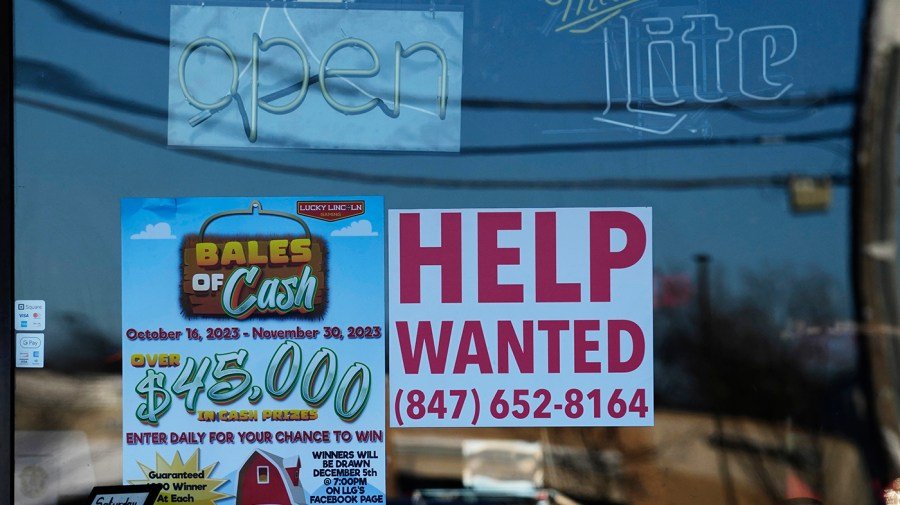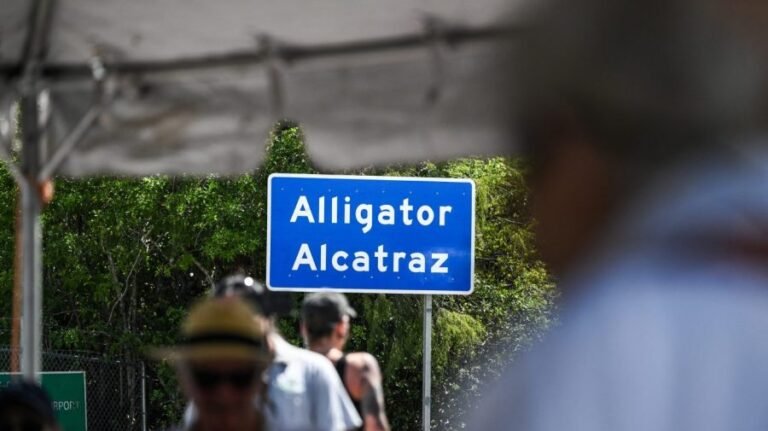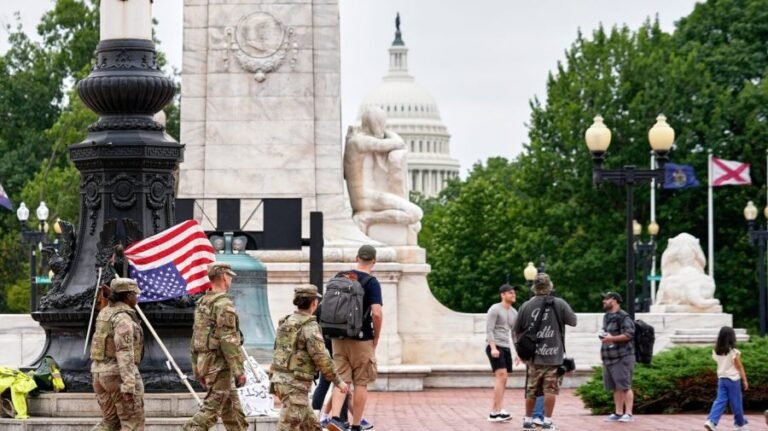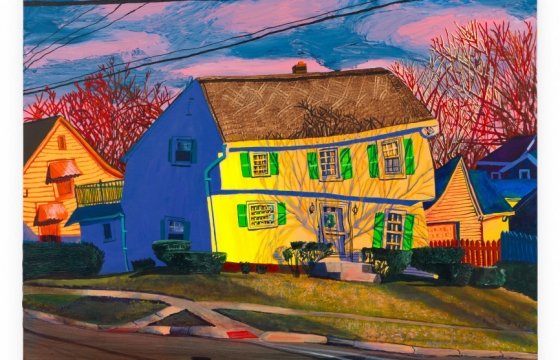
Texas, Tennessee, and Oregon are the states where licensing requirements for people looking to get into a new line of work are the most demanding, a new study has found.
The study from the Washington, D.C.,-based Archbridge Institute looked at the number of tasks and tests that people seeking professional qualifications need to pass before they’re allowed to practice their trade in each state.
Texas came in with a barrier score of 9.33 out of 10 and a perfect 10 out of 10 for the total number of licensing requirements. Tennessee had a barrier score of 9.5 and a license score of 7.66.
Oregon came in with a perfect 10 in both categories.
Kansas, Missouri, Wyoming, Indiana, and New York were the states with the lowest occupational regulatory burdens.
Broken down by occupation, the jobs with the most number of tests and licenses included addictions counselor, lawyer, architect, audiologist and barber.
Some of the easiest lines of work to get into from a licensing perspective were car sales, dental radiography, geophysics, public accounting, and lead removal.
The Archbridge study contains a number of surprising findings.
Requirements for dentists and dental hygienists are the same. Cosmetologists have more barriers to entry for their field than engineers do. And the number of barriers for registered nurses is the same as the number for surgeons.
There’s a large amount of variance from state to state in the difficulty and intensity of different certifications that it’s difficult for any comprehensive study to capture and normalize for the purpose of rankings.
For example, the bar exam for lawyers has a 72-percent pass rate in Utah but only a 28-percent pass rate in Alabama, according to the National Conference of Bar Examiners.
Medical licenses are the same way, with different professional groups giving different rankings for which states are the hardest to get approved in, and which are the easiest.
However, many different policy groups have observed that licensing requirements in general have exploded in recent years.
Analysts for the National Occupational Licensing Database wrote in 2022 that over the last 60 years, the number of jobs requiring a license or some type of government approval has increased from about 1-in-20 to nearly 1-in-4.
“Excessively onerous requirements … can create barriers to employment for individuals who may not actually pose a serious risk,” the group said.
Conservative economists have long argued that excessive professional licensing impedes free labor markets, extending their criticisms from so-called unskilled labor all the way up to highly knowledge-intensive work, like medicine and engineering.
They argue that excessive professional credentialing is a form of commercial protectionism similar to the exclusivity practiced by historical guilds, which get in the way of a lot of transactional exchange. While testing ensures that only the most qualified people become doctors, for example, most patients don’t need the most qualified doctors to handle the most common needs, things like sprained ankles and the flu.
They cite the proliferation of professional sub-designations like nurse practitioners and paralegals as evidence of this trend.
The famous conservative economist Milton Friedman once noted an “amusing” difference between the more stringent credentialing standards of doctors compared to lawyers.
“Almost every school on the American Bar Association’s list of approved schools is a full time day school; almost no night schools are approved,” he observed in 1962. “Many state legislators, on the other hand, are graduates of night law schools. If they voted to restrict admission to the profession to graduates of approved schools, in effect they would be voting that they themselves were not qualified.






